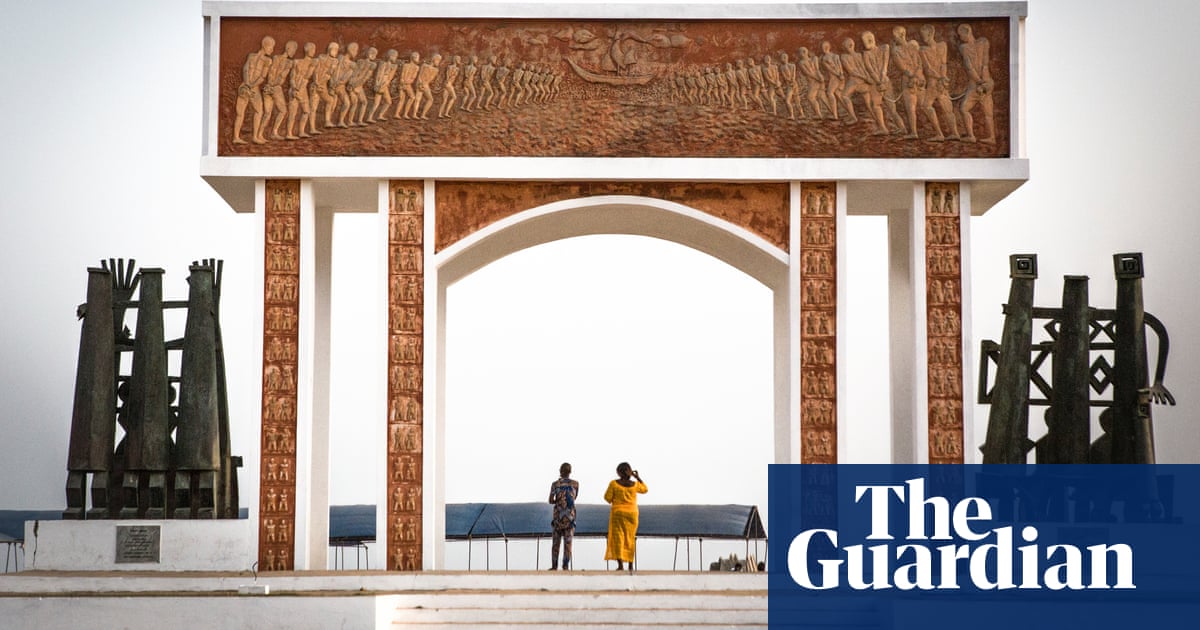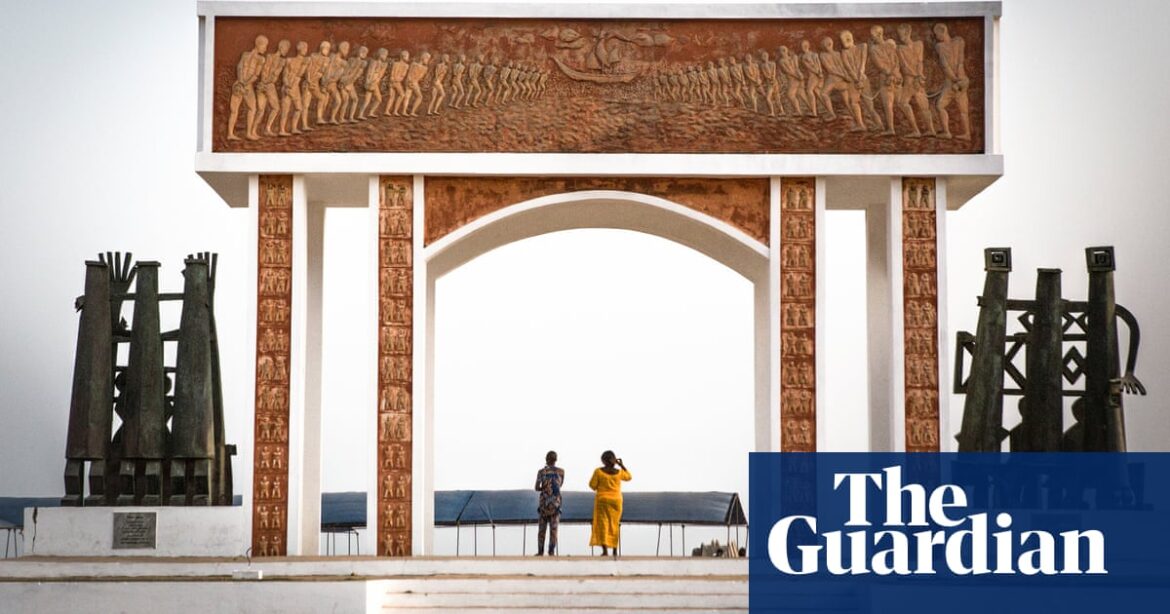
New research shows that contrary to previous beliefs, the transatlantic slave trade did not end in 1867 as assumed by historians, but rather continued into the next decade.
Historian and former lecturer at Newcastle University, Dr. Hannah Durkin, has discovered proof that in 1872, two slave ships docked in Cuba. The first ship, flying the Portuguese flag, carried 200 captives between the ages of 10 and 40. The second ship is believed to have been from the US and held 630 prisoners in its cramped quarters.
According to Durkin, she discovered mentions of the arrivals of these ships in American newspapers during that time. This highlights the fact that the slave trade only recently came to an end. The exploitation of individuals’ lives has been disregarded and not documented in history.
Newly uncovered proof also includes a 1872 record from Hansard, the official report of proceedings in the British Parliament, where a politician questions the claims of the Spanish government that there had been no recent importation of slaves into Cuba.
Durkin mentioned that although Spain had declared an end to their slave trading in 1867, she had discovered a report from explorer Sir Henry Morton Stanley. In 1873, Stanley had visited the slave port of Ouidah in Benin and described witnessing 300 individuals being held in a barracoon, a type of slave enclosure. He also observed two slave ships departing from the port.
According to Durkin, Ouidah was the second most significant slave port in all of Africa, trailing only Luanda in Angola. The area was given the moniker “Slave Coast” by Europeans due to the high number of people who were forcefully taken from there during the years 1650-1850. It is estimated that nearly 2 million individuals, approximately one-sixth of all enslaved individuals sent to the Americas, were trafficked from the Bight of Benin.
Even though Stanley’s story was published in the New York Herald, Durkin claimed that she found another important piece of evidence that had been ignored. There were talks of ongoing trade, but this evidence confirmed the findings of Cuban historians that the trafficking had persisted until the 1870s.
She stated that the digitization of 19th century newspapers has provided valuable insights. Historians previously did not have easy access to these sources, which is why she was able to uncover a significant amount of information.
Her upcoming book, Survivors: The Lost Stories of the Last Captives of the Atlantic Slave Trade, will include the research. Using newly discovered archival sources, it recounts the history of the Clotilda, the final American ship involved in the Atlantic slave trade.
She has successfully identified the majority of the 110 captives aboard the Clotilda for the first time and located their descendants. Among them, she found an unpublished 1984 interview with the grandson of Amey Greenwood Phillips, which had been preserved by her family. Amey had been a teenager when she was enslaved and forced to work on a plantation in Alabama.
Durkin said: “Amey’s enslaver was a man named Greenwood. According to her grandson Percy Phillip Marino, Amey’s enslaver was a ‘good man’, but he hired out Amey to unidentified enslavers in another state who beat her. He retrieved Amey when he learned of the abuse, but the scars on her legs never healed.”
Durkin was informed by others of the sexual abuse that their predecessors had endured. One woman’s story stood out, as she had been enslaved at the young age of 13. The atrocities she faced included being forced to have sexual relations with African-American and Native American men in order to bear children who would also be subjected to slavery.
According to Durkin, there is significant evidence of a system where slave owners aimed to have smaller enslaved children in order to increase their wealth.
The inhumane practice of slavery was present in various locations, such as the sugar plantations in Cuba and the cotton plantations in the southern United States. This system dehumanized individuals and was considered barbaric.
According to Durkin’s findings, the majority of the survivors of the Clotilda were Yoruba speakers from one specific town in modern-day south-west Nigeria. This contradicts previous beliefs that they came from various places in Benin and Nigeria.
2022
“The book Survivors, which tells the stories of the final captives of the Atlantic Slave Trade, will be released by William Collins on January 18, 2022.”
Source: theguardian.com



